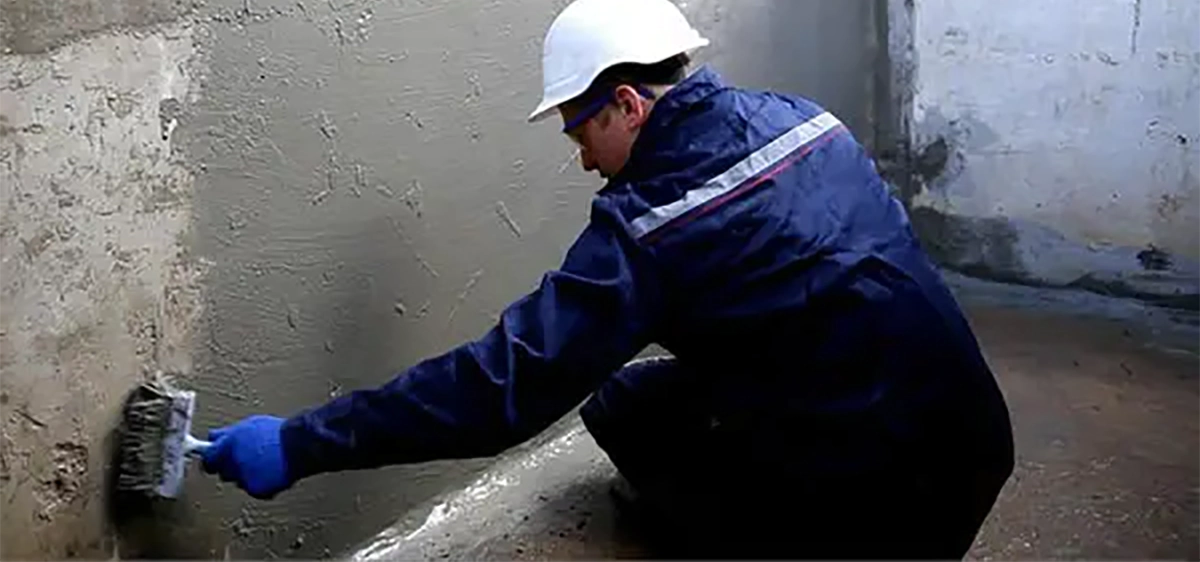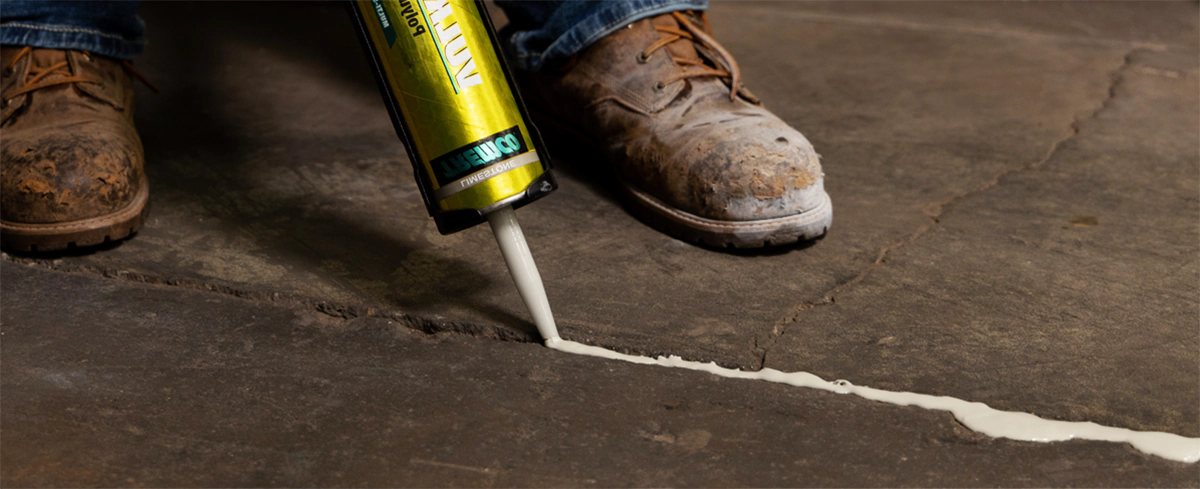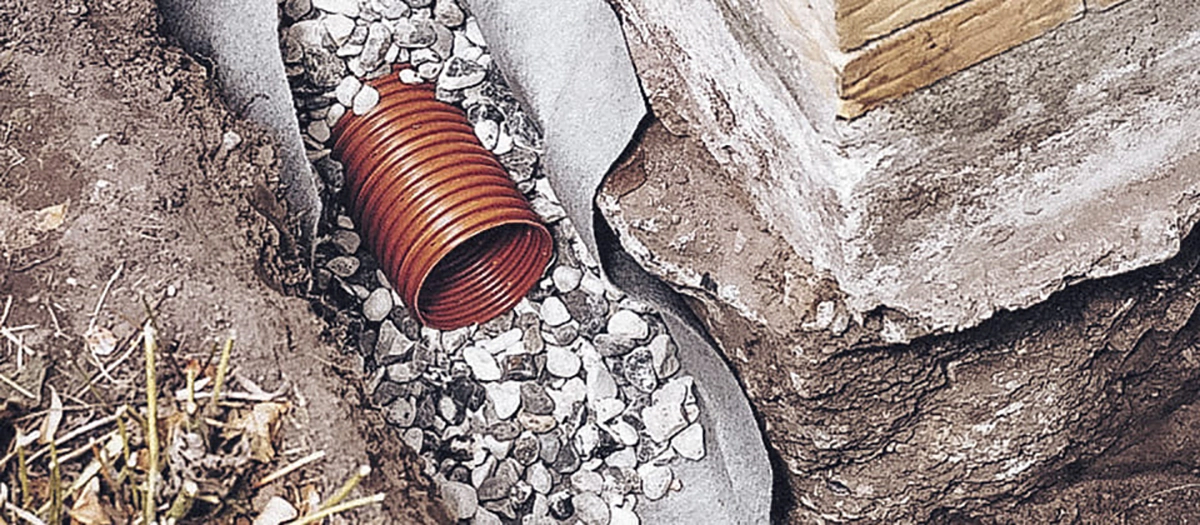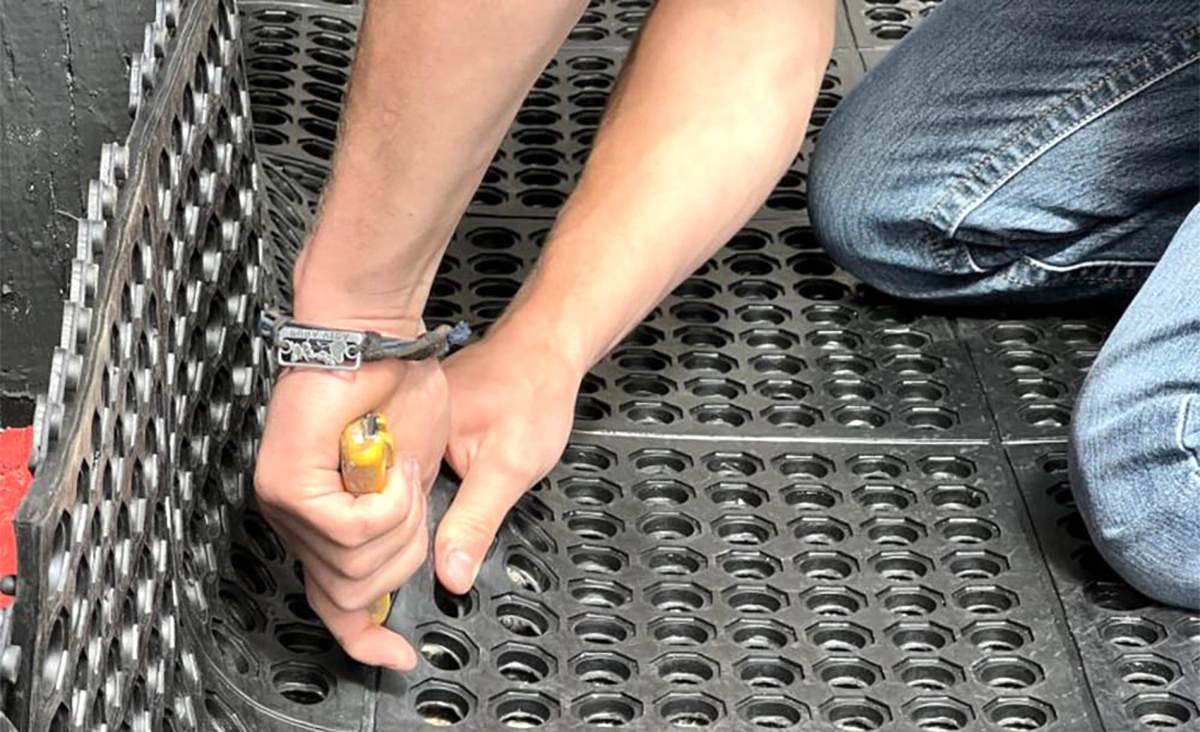Many homeowners face the problem of a wet basement. It cannot be ignored. A small leak can turn into a full-blown waterlogging, which causes significant damage not only to the property but also to the health of the occupants. In this case, it is necessary to waterproof a basement to fully protect it from leaks, mould, fungus, and other problems.
Understanding Basement Water Problems
Before delving into the details of how to do quality waterproofing, it’s worth exploring the importance of this process. A wet basement leads to several problems, from damage to your home’s foundation to pest infestations. If the structural integrity of your building is important to you, you need to worry about moisture protection as soon as possible.

What Causes Basement Leaks?
A variety of reasons can trigger leaks:
- High hydrostatic pressure, which will push water into the basement through the slightest cracks and other defects;
- Poor drainage system or improper soil – if the soil around the house is rich in clay, water will be constantly pushed to the house foundation and basement walls;
- Poor gutters or lack of maintenance – gutters are responsible for draining water, and if they are clogged, damaged, or improperly installed, flooding will result;
- Condensation – warm air carries a lot of moisture; when it comes into contact with a cold wall, condensation occurs, leading to dampness and mould growth;
- Foundation defects – cracks in walls and floors are a great place for moisture to enter.
Common Signs of Water Damage
Several common signs can indicate the presence of a water leak in your basement:
- The appearance of a musty, damp odour;
- Condensation on pipes, walls, or windows;
- Water seeping through the walls or wet marks on the surface;
- Stains or blistering on the wall covering – the colour of the wall covering may change, the wallpaper may peel, and the paint may blister;
- The presence of fungus or mould.
If any of the above signs were noticed, you need to address the problem urgently. If ignored, the condition will only worsen over time. The sooner action is taken, the easier it will be to repair the leak.
Tools and Materials You’ll Need
If you are interested in how to do basement waterproofing yourself, it is worth starting by listing the necessary materials and tools. The basic ones include the following:
- trowel;
- brush;
- drill;
- a sump pump (if the water has seriously flooded the basement);
- silicone sealant;
- moisture barrier.
The specific list of everything you need depends on the extent of water damage in your basement.
Step-by-Step Basement Waterproofing Process
If you’re wondering how to DIY proper basement waterproofing, we’ve put together a flowchart with 6 sequential steps. The Step-by-Step Basement Waterproofing Process typically takes 2 to 7 days, depending on the complexity of the job. The total cost of basement waterproofing can range from $2,000 to $15,000 or more, depending on the method used.
Step 1: Inspect the Basement
Start by cleaning the walls. Then, check the surface for voids and structural cracks. The damaged area should be thoroughly washed to remove loose concrete and soil and prepare it for subsequent sealing.

Step 2: Seal Cracks and Gaps
All cracks and gaps should be filled with a special high-strength hydraulic cement. This material hardens in a few hours. It can also be sanded to a perfectly smooth surface.

Step 3: Apply Waterproof Sealant
Once the cracks have been sealed, a special rubber membrane should be applied. It is the main component of waterproofing. The membrane is stretchable, so it can expand as the foundation shrinks. In the first layer of the membrane, a mesh for quality reinforcement can be embedded. Another layer of rubber membrane is applied on top.

Step 4: Install a Sump Pump
A sump pump can effectively remove moisture, making it a critical tool in most foundations. The sump pump should be installed in a waterproofed basement that will not overflow with water. It will also keep debris out of the technique, extending its life.

Step 5: Improve Exterior Drainage
To minimise excess hydrostatic pressure on the basement walls, installing an exterior drainage slab system to channel water away is worth installing. It comprises several layers: gravel, perforated PVC pipe, and filter fabric.

Step 6: Add an Interior Drainage System
The inside of the basement should also have a drainage system. You can put a special drainage mat with moulded depressions on the floor.

DIY vs Professional Waterproofing
To completely waterproof a basement, you need the right knowledge and experience. If you know how to do this type of work, you can do it yourself. However, to avoid wasting your time and to be 100% sure of the high quality of the work, it is best to contact real professionals.
When to Consider DIY Waterproofing
DIY waterproofing is best if the damage is not significant—just a few small cracks. In this case, they can be easily sealed with silicone sealant. If the problem is more serious, you should call in the professionals.
Why Hire a Professional?
There are several undeniable advantages to contacting a real waterproofing specialist:
- time-saving – professionals will do the work much faster;
- excellent quality of work – masters with experience will do the job;
- guarantee for the work performed.
It is enough to contact the contractor and outline the problem simply. After that, a specialist will come to the place and inspect the work. After agreeing on all the details with the homeowner, the craftsmen will get down to business.
Tips for Preventing Future Water Problems
It is important to have your basement inspected regularly to prevent future water problems. If you notice any cracks, slight darkening of the walls, damp spots, or mould, you should contact the experts immediately. Never delay in restoring quality waterproofing.
Final Thoughts
To waterproof a cellar completely professionally is not just about fighting moisture. With this approach, the structural integrity of the house can be maintained, and the health of the occupants can be protected. It is necessary to understand what exactly led to the basement’s waterlogging and how to solve the problem. You can carry out all the work yourself, or you can ask for help from specialists to ensure that everything is done promptly and efficiently.

 CLOGGED OR BROKEN WEEPING TILE
CLOGGED OR BROKEN WEEPING TILE